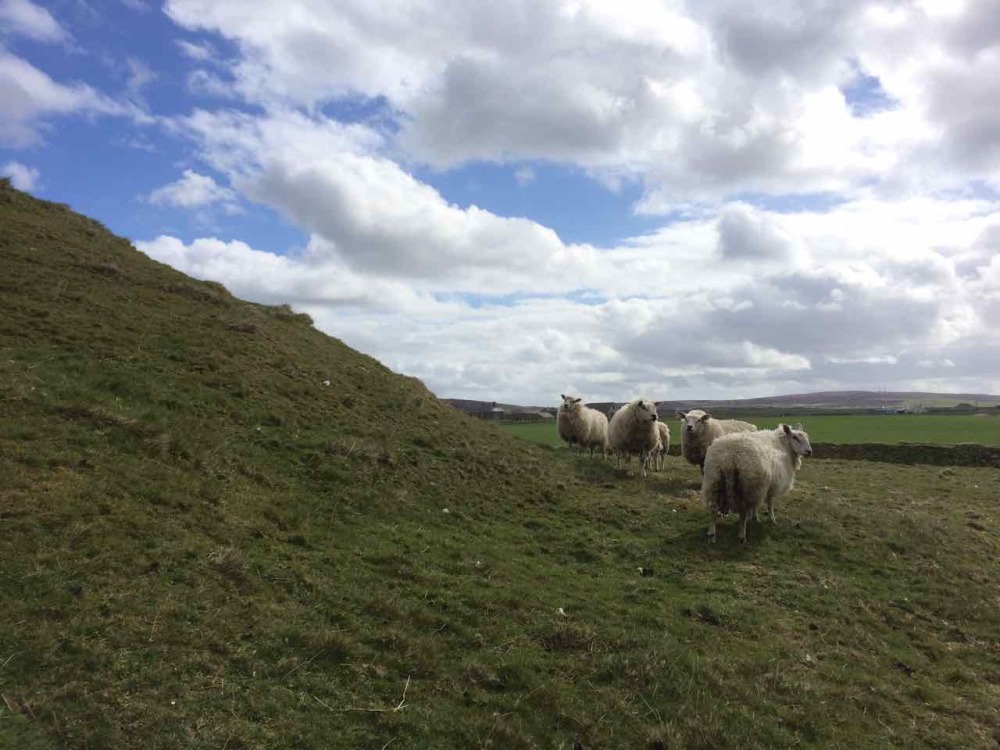
The Orkneys contain a fair number of prehistoric sites to entertain the tourist. Most of these sites boast superlatives such as “the oldest known X”, “the most complete Y”, or “the only Z still in existence”, so it’s hard not to think that one really ought the visit them (even if one is not a fan of pottery shards or overly ruinous ruins). So we did hit a couple of them, starting with Maes Howe, a burial mound with Viking graffiti and a very low door.
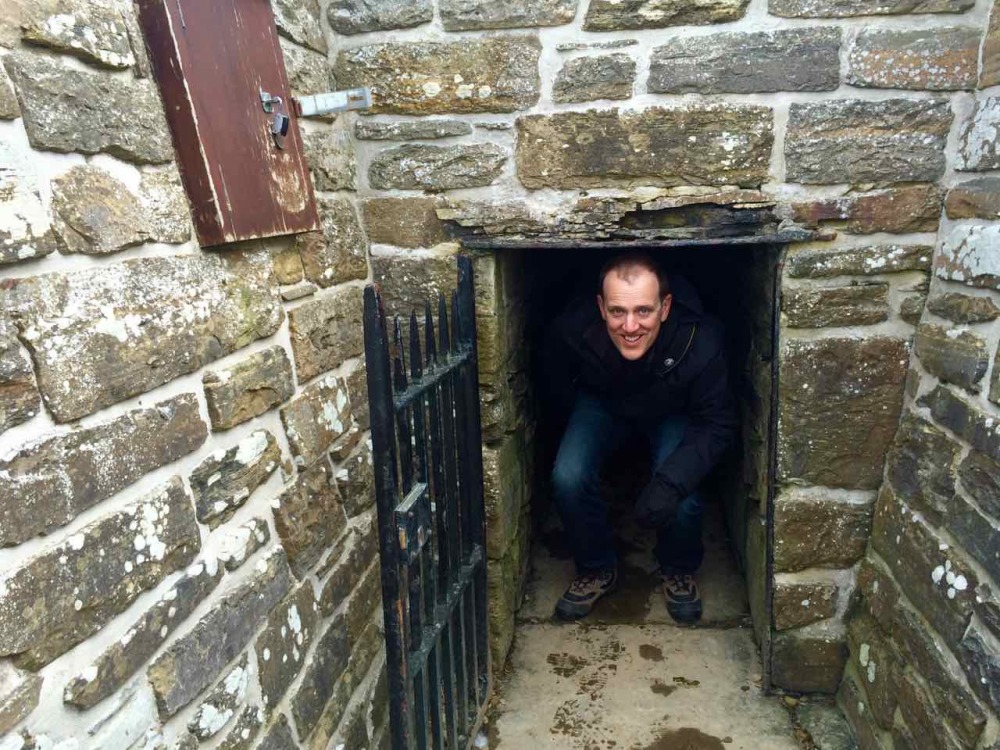
While several other tourists we chatted with over various B&B breakfast tables seemed enthusiastic about Maes Howe, it failed to spark my interest or imagination. Thirty minutes inside a claustrophobic windowless hut watching a tour guide shine a flashlight on various unseeable runes just isn’t my idea of a good time. If you want to visit Maes Howe despite my lack of enthusiasm for it, note that you need to call and reserve a tour time in advance (we were able to get one for the same day in the off-season).
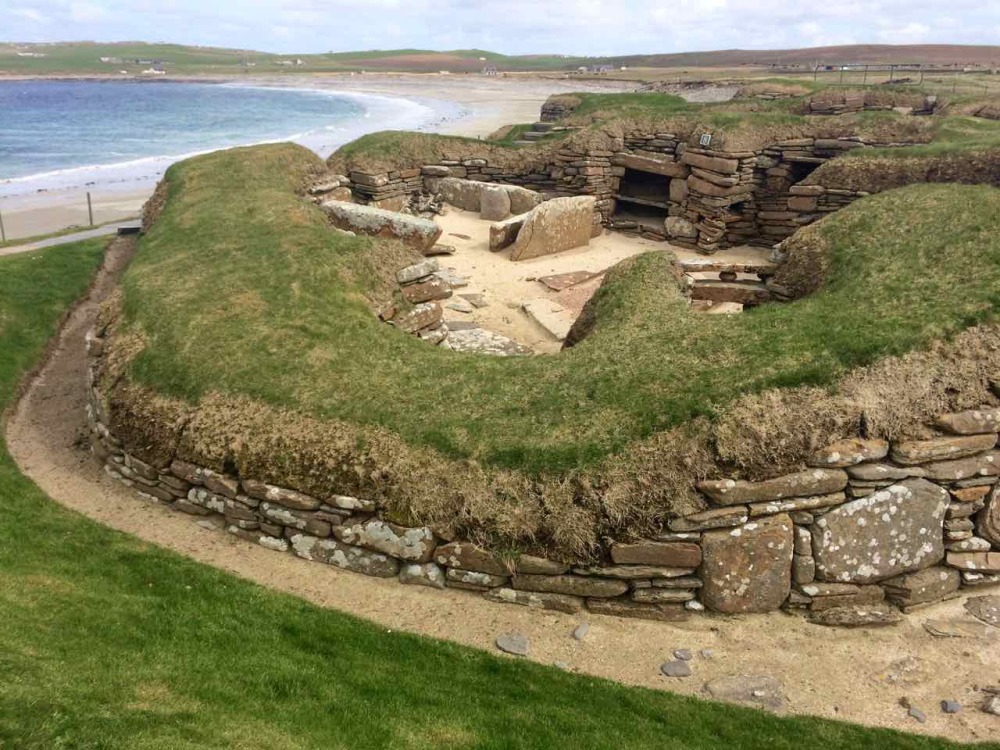
Luckily our next attempt to get to know the Orkneys’ prehistoric people met with more success. Skara Brae is “northern Europe’s best-preserved neolithic village”. The site is accompanied by an interesting and informative visitor center which offered enough information to get my brain interested in what we were about to see.
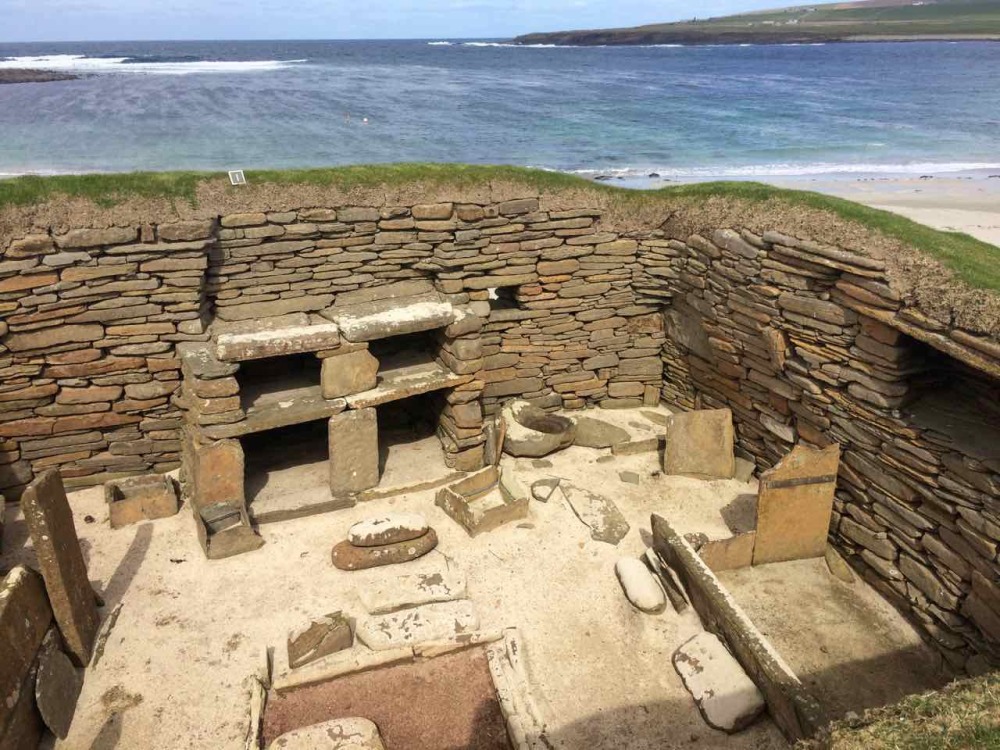
A ticket to Skara Brae also includes entry to Skaill House, the 17th-century mansion formerly owned by the rich guy who discovered the ruins. He had some eclectic tastes.
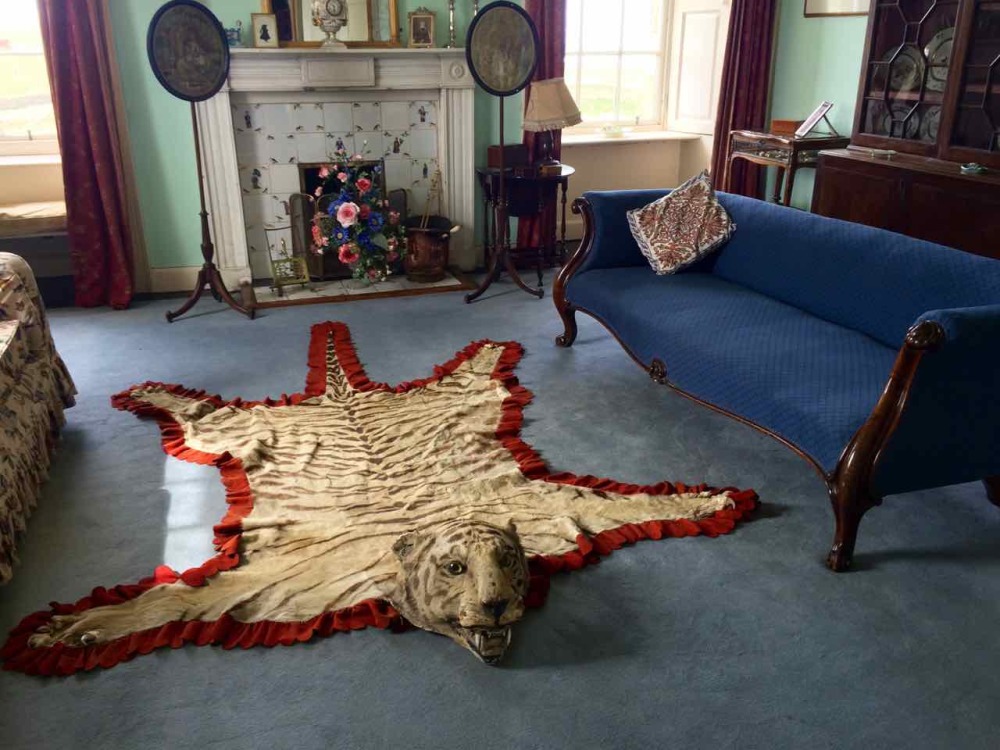
Mainland Orkney is also home to a couple of mysterious stone circles. No one seems to know why they were built or what they were used for, but that doesn’t seem to stop anyone from thinking they are worth visiting.
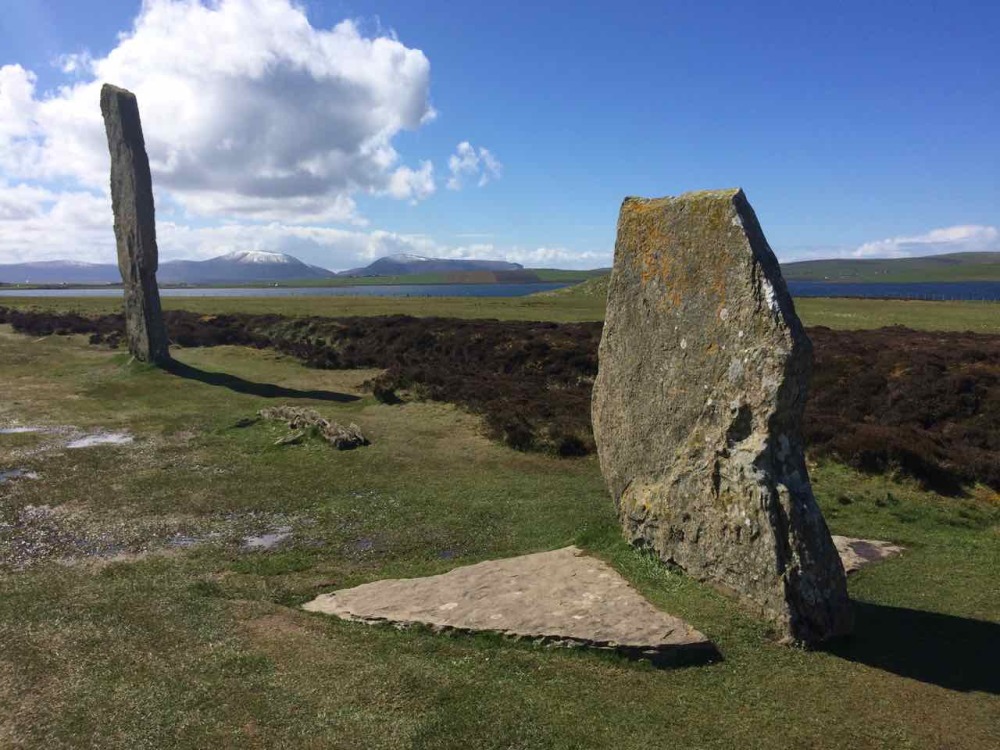
I will say this: stone circles can be picturesque. I will begrudgingly admit they were worth a stop, especially in nice weather. Watch out for the mud.
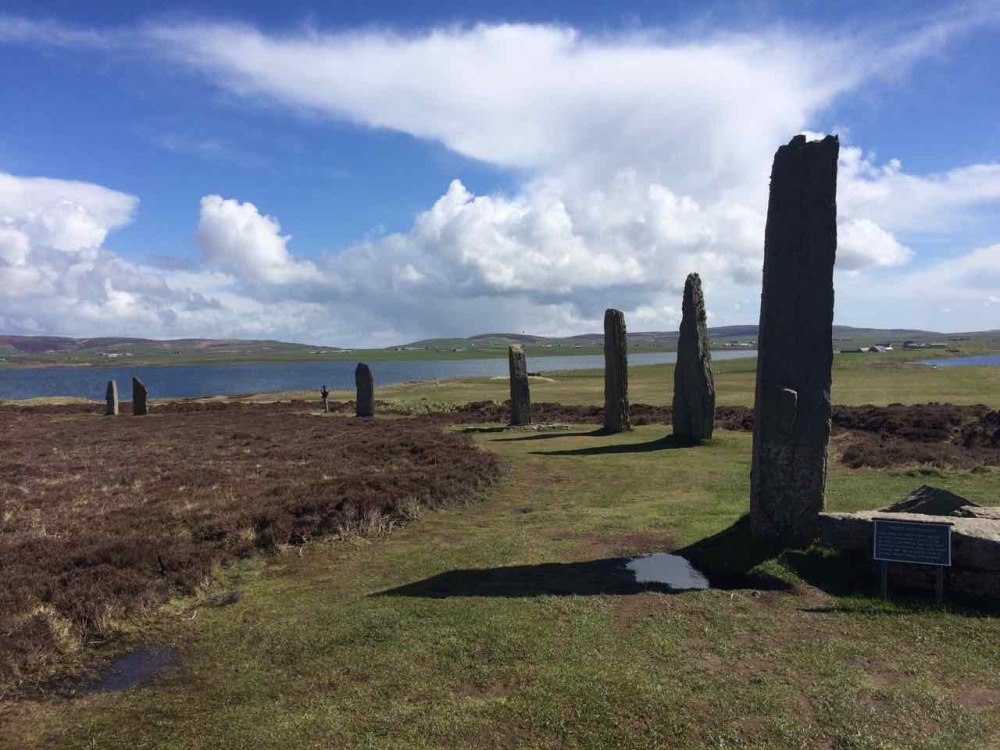
Overall I think we struck a good balance between visiting old things and other activities (hiking, eating, drinking, wandering around) during our stay in the Orkneys. More on those other activities in my next post.